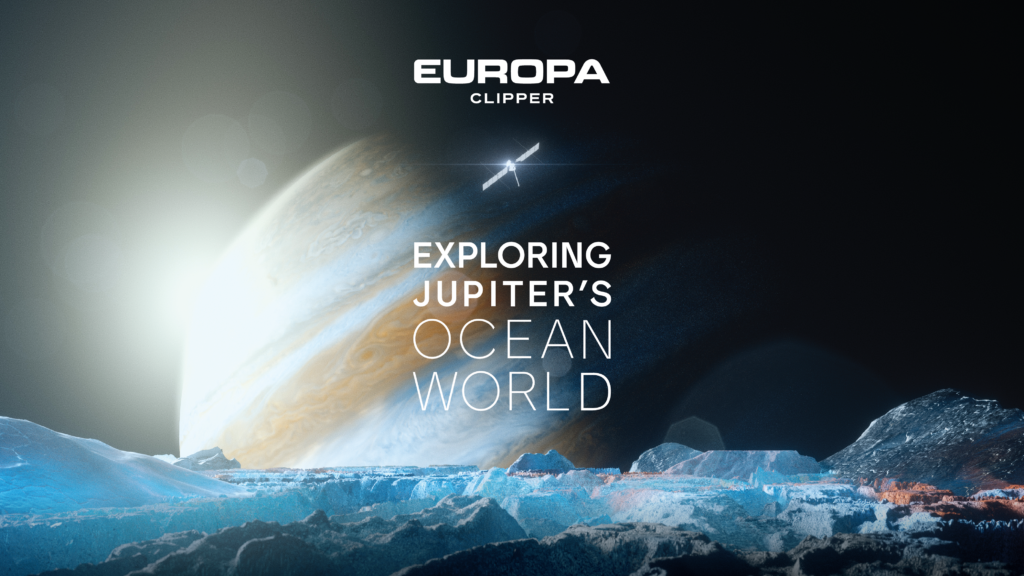NASA is preparing to launch one of the most ambitious missions in its history called Europa Clipper. It will explore Europa and try to answer the question of whether this world could be home to life.
The best place to look for life in the Solar System
Europa is the fourth largest moon of Jupiter. Its diameter is 3,120 kilometers, which is slightly smaller than the Moon. The surface of the moon is entirely covered with water ice. Its interior hides a gigantic ocean containing several times more water than all of the Earth’s oceans together. Europa Clipper will study Europa and try to determine the basic characteristics of its hidden ocean. This will allow scientists to understand whether this world is capable of supporting life.

The creation and launch of Europa Clipper have cost NASA almost 5 billion dollars. It is the heaviest automatic interplanetary station in the history of the organization. The mass of Europa Clipper is 6,025 kg — 2,750 of them come from fuel.
The vehicle’s scientific equipment consists of nine scientific instruments. It includes a set of cameras and spectrometers, a magnetometer, and a subsurface radar. The spacecraft will be powered by two very impressive solar arrays with a total area of more than 100 m2. These are the largest solar arrays which NASA’s interplanetary vehicles have ever been equipped with.

In addition to scientific instruments, the Europa Clipper carries a metal plate engraved with a symbolic message. The probe also carries a chip with the names of the 2.6 million people who participated in NASA’s Message in a Bottle initiative.
Live broadcast of the Europa Clipper launch
The ballistic window for the Europa Clipper mission opened back on October 10. But NASA had to postpone the launch due to Hurricane Milton. Now that the weather has calmed down, the organization is ready to send Europa Clipper into space.
Europa Clipper is scheduled to be launched on October 14 at at 12:06 p.m. EDT. A Falcon Heavy rocket will be used for the mission. In the case when the launch has to be postponed again, NASA will still have plenty of time to send Europa Clipper into space. The window to fly to Europa will be open until November 6.
The flight to Europa will take 5.5 years. The Europa Clipper will need the help of other planets to reach its destination. In February 2025, the spacecraft will make a flyby of Mars and return to Earth in December 2026. These maneuvers will ensure the entry into orbit around Jupiter in April 2030.
The nominal scientific program of Europa Clipper is designed for four years, during which the spacecraft will perform 49 close flybys of Europa. In the future, the service life of the spacecraft may be extended. It should be noted that Europa Clipper won’t study Europa alone. It will be accompanied by the European probe JUICE, which will reach Jupiter in 2031 and will also assess the viability of its icy moons.
More details about the technical design and main tasks of the Europa Clipper can be found in our material.


